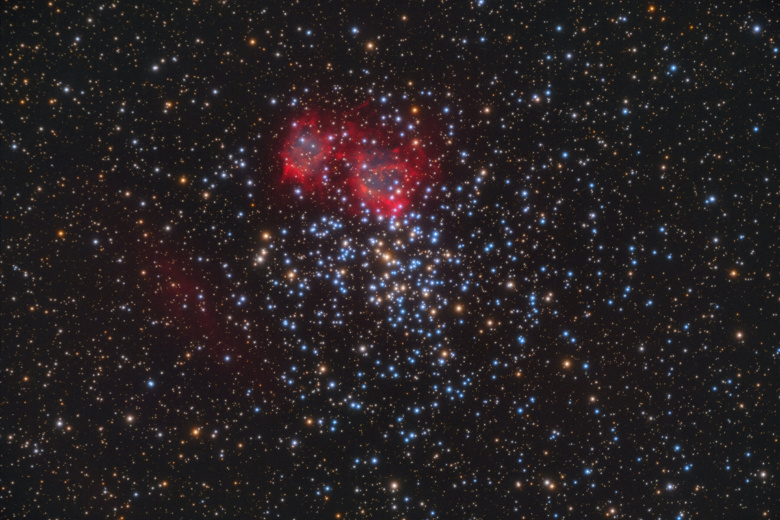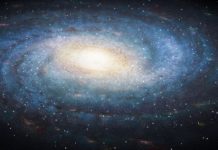The research team studied the planetary nebula’s central star in the star cluster, determining that it had lost 70% of its mass over its lifetime. It also turned out that the star has an unusual chemical composition and does not contain hydrogen.
Stars like our Sun end their lives as white dwarfs. Some of them are surrounded by a planetary nebula, consisting of gas ejected by a dying star just before the outburst. An international research team led by Professor Klaus Werner from the Institute of Astronomy and Astrophysics at the University of Tübingen studied the central star of a planetary nebula located in an open star cluster. Scientists were able to accurately determine the mass that the central star lost during its life.
There are more than a thousand open star clusters in our Galaxy. Each of them includes up to several thousand stars that were formed from a dense cloud of gas and dust. “The stars in the cluster are of the same age, and this is of particular importance for astrophysics,” says Klaus Werner. They differ only in their mass. “The greater the mass of a star, the faster it consumes its nuclear fuel, burning hydrogen into helium. So the life of a large star is shorter and it turns into a white dwarf faster,” he explains.

Observation of a star cluster shows the development of stars of different masses at the same age.
“In astronomy, star clusters can be used as a kind of laboratory where we can test how correct our theories of stellar development are. One of the most uncertain aspects of the theory of stellar development is how much matter a star loses during its life. Stars like our Sun lose almost half their mass by the time they become white dwarfs. Stars eight times heavier than the Sun lose about 80% of their mass,” says the astrophysicist.
The mass of white dwarfs in star clusters can be directly related to their mass at birth. Data on very young white dwarfs is especially valuable because they are the central stars of planetary nebulae. But none of their central stars in such nebulae have been studied before because they are all very distant and dim.
The research team pointed one of the world’s largest telescopes, the ten-meter GRANTECAN telescope, at the central star in the Messier 37 cluster and analyzed its spectrum. They were able to determine the star’s mass to be 0.85 solar masses, meaning an original mass of 2.8 solar masses.
How the central star of the planetary nebula Messier 37 survived the loss of 70% of its mass
“The star thus lost 70% of its matter during its lifetime,” explains Werner. Another feature is its special chemical composition. There is no longer any hydrogen left on its surface. This points to an unusual event in its recent past – a short-term burst of nuclear reactions.
The ability to accurately determine the start-to-end mass relationship of a star is of fundamental importance in astrophysics. It determines whether a star becomes a white dwarf, becomes a neutron star during a supernova, or becomes a black hole at the end of its life. From the ejected matter at the moment of “rebirth” of the star, new generations of stars are formed, enriched with heavy elements as products of nuclear reactions. The chemical evolution of galaxies, and ultimately the entire Universe, depends on this.




